If the thatched cottage is the quintessential Irish home then Peter Bennett's – The Spinning Wheel, in Rathangan, Co Kildare – comes straight from central casting.
He grew up “in a 1970s bungalow” half a mile away and fell in love with it as a child. When he got the chance to buy it 10 years ago, he jumped at it.
The three-bed cottage with its sunshine yellow half door has been a joy to live in. “Strangers stop me when I’m out mowing the lawn to ask me about it. It creates a huge amount of interest,” says Bennett.
The house was known locally as An Tuirne, or The Spinning Wheel. “It was in the same family until 1999 and was a shop at one stage and a meeting place for cards and music. There’s a lot of history in it.”
He is now in his mid-30s and is selling up to renovate a stone gate lodge nearby. “I’ve got the bug,” he says. Though happy to sell he’ll be sorry to leave.
“It has been lovely to live in. It’s lovely and cosy in winter and in a summer like last summer, when it was blistering hot outside, you’d come in and it’d be lovely and cool.”
For Gordon Cobbe of GVM Tullamore, who is joint selling agent of the property with Tom McDonald and Associates, The Spinning Wheel is the latest in a long line of thatched cottages he has sold. "The last was to an American man living in Dublin who just fell in love with the idyllic Irish lifestyle they offer," says Cobbe.
Despite their obvious visual appeal, thatched homes typically take a little longer to sell than tiled ones, he says.
“It’s a different type of buyer because it is something of a lifestyle choice. The Spinning Wheel is a good functional modern family home with high door frames and lots of light, but most other thatched cottages have tighter spaces, small windows and a darker interior, whereas modern buyers tend to like light-filled, airy rooms,” says Cobbe.
Quaint appeal
The Spinning Wheel has an eco-friendly stove, which helped it achieve a BER rating of E1. Most thatched cottages get saddled with a lower BER rating because they have an open hearth and no insulation in the walls or roof. What they do have are walls that are often 3ft thick and a glowing hearth: the very things that often appeal most to cottage buyers.
Though buyers come from both home and abroad, they all tend to be a particular type – "someone who loves country life and loves the quaintness and character of them", says John Keane of Keane Auctioneers in Wexford.
He too has handled a number of thatched properties, particularly around Kilmore Quay, many of which are protected buildings whose thatch must be retained.
“Mostly they are bought to live in, but where people buy them as holiday homes, they keep them for themselves and don’t tend to rent them out,” says Keane. “A thatched house a bit like buying a classic car: you’ll pay a premium for it, you’ll love it and you’ll look after it.”

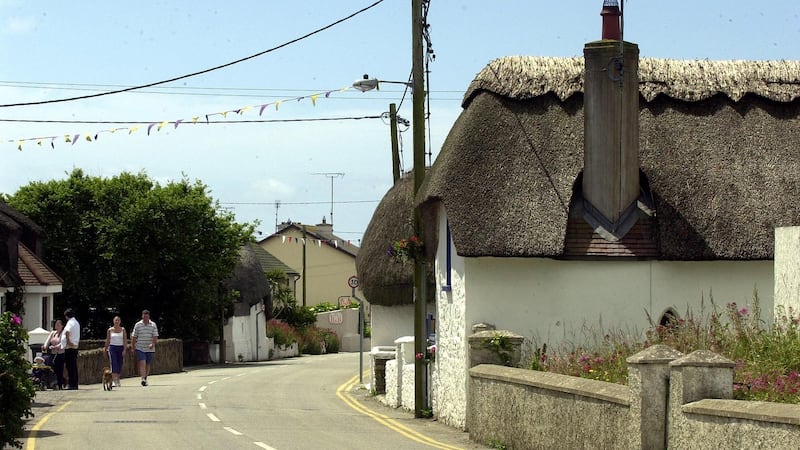
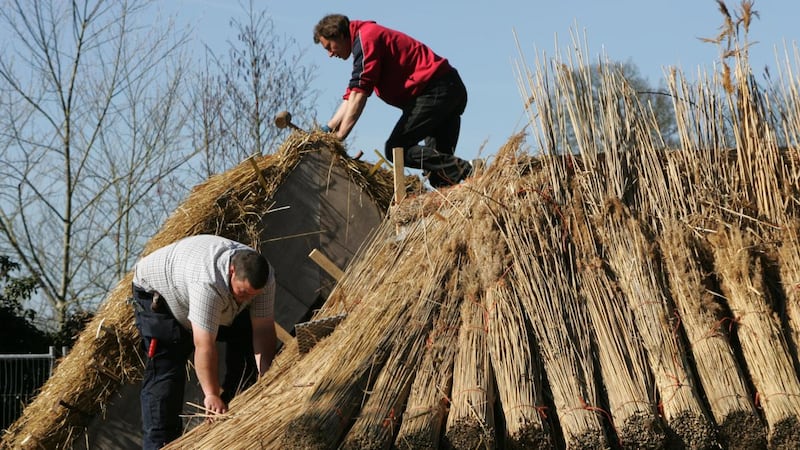

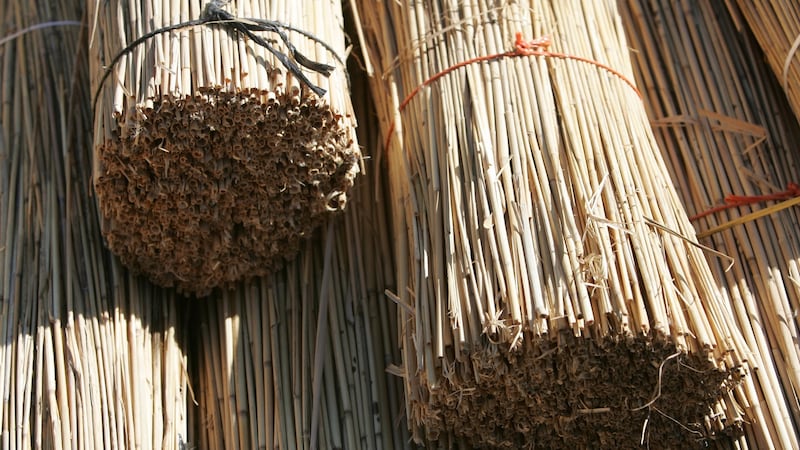

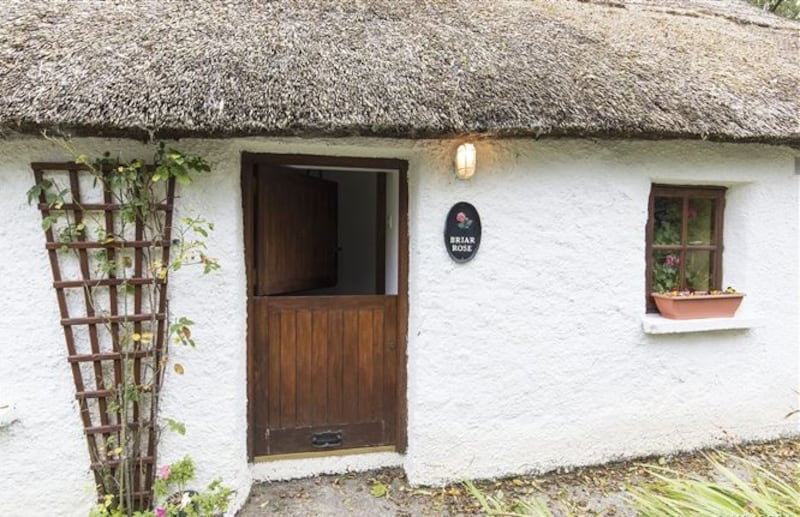
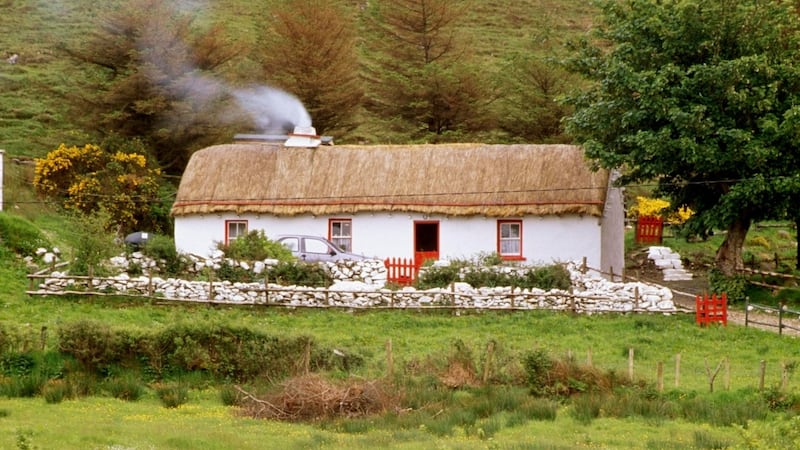
How much looking after depends on the type of thatch it has. Fletch thatching, which uses straw, is a traditional option in Ireland that lasts eight to 12 years.
Before he became a soap maker, Donagh Quigley, founder of The Handmade Soap company, was a fletch thatcher. "Originally cottage dwellers would have maintained their home themselves, at a rate of a seventh of the roof a year. It is because those skills are gone that the whole roof is now done in one go," he says.
It can cost up to €20,000 to thatch a cottage roof with straw, and last year’s drought has made it more expensive, putting material costs up by 10-15 per cent. A government grant of just under €6,000 is available towards the cost of renovating thatched roofs of owner-occupied homes.
Insurance costs
Thatcher Philip Doran lives in a very traditional 40ft thatched cottage, laid out in linear form, which was built in the 1850s.
“It’s fabulous to live in. There’s no noise. You don’t hear wind and rain. I know someone who lives in a thatched home near Dublin Airport and they don’t even hear aircraft,” says Doran.
The underside of his roof is shielded behind tongue-and-groove wood panelling. “It’s for my wife. She doesn’t like creepy crawlies falling into her corn flakes.”
Securing a mortgage on a thatched property takes longer than for a tiled roof. “Lenders will make you jump through a couple of extra hoops, and in particular will want to make sure it has adequate fire retardants in place,” says Doran.
This involves spraying the roof with a special coating every five years, which costs around €1,000.
Insurance broker OBF specialises in thatched properties and says electrics should be checked every five years and their chimneys cleaned every six months, with receipts kept as proof.
Most thatched cottages in Ireland date to the mid to late 19th century, and different parts of the country have their own thatching methods and materials, according to Fidelma Mullane, a specialist in vernacular architecture. This would have included not just straw but grasses, heathers and rushes.
Today reeds are growing in popularity. These are more robust than straw and can last 20-25 years.
To reed-thatch an average cottage costs €20,000-€ 25,000. In addition every eight to 10 years it will need a new ridge, the cap along the top, which costs €3,000-€4,000.
Rodent food
Reeds have the advantage of being unattractive to rodents, whereas straw that has not been properly threshed will still have plenty of feeding value in it. Reed is also harder for them to burrow into.
Wicklow-based thatcher Kyran O’Grady has been in the business for 38 years, specialising in reed thatching. His business is busier than ever. “When I started out, thatched roofs were in decline. People were either slating old thatched cottages or demolishing them. Now there is a greater awareness of their heritage value,” he says.
If you are looking to buy a thatched house, “find out who thatched it and when they thatched it, and then get another thatcher out to inspect it, rather than just a surveyor,” he says.
“Check too that you can insure it. If possible, see if you can just take over the existing owner’s insurance, which is easier than starting again from scratch,” he said.
Briar Rose Cottage in Aglish, Co Waterford, has been public relations professional Ellen Gunning's weekend home for 20 years. "We live in Bray but I lectured in UCC on Saturdays for years and wanted to feel I was home when I got down there on a Friday evening. We've just loved it," says Gunning.
The two-bed cottage, complete with roses around the door and a nest of yellow wagtails over it, is on the market for €175,000 through Clare Connolly Estate Agents.
“We’re selling it because we’re at a stage where we want to do more travelling, but we’ve absolutely loved spending our weekends here. Every single time I turn the corner and see it I think, ‘Oh my God!’ It feels like you’re living in a little piece of history.”











